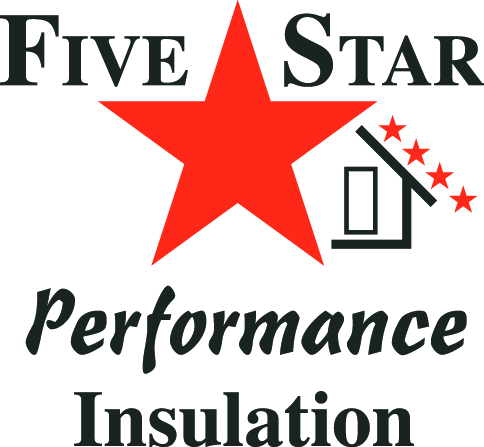No one wants mold in their home. It’s unsightly and unhealthy, and you just want it gone. Better yet, you’d like to prevent it altogether, which is something homeowners can do when they opt for the right insulation material. But what is the best mold-resistant insulation in Sacramento, CA for homes? Can insulation actually prevent mold from growing? Read on for the answers to these questions and more.
Conditions mold needs to grow
In order to prevent mold growth in your home, you need to understand how mold develops in the first place. Essentially, if you don’t have moisture, then you don’t have mold or mildew. Mold needs certain conditions to grow—three to be exact. In no particular order, these conditions include a relative humidity of 50 percent or higher, a temperature of 40 degrees or higher and biodegradable material nearby. Mold can also grow on surfaces like stone, glass, plastic, aluminum and brick. All it takes is enough dust and other organic materials.
Signs of mold in your home
Sometimes, mold is easy to spot on walls, ceilings or other surfaces. If you see spotty green or black clusters on surfaces, that’s mold, and you should deal with it quickly before it spreads. A common sign of mold is a persistent musty odor inside your home. In many cases, home occupants smell the mold but don’t see it. Other indicators include health problems in people and pets. When inhaled, mold can cause allergy-like symptoms, including coughing, sneezing and lightheadedness.
Insulation is a strong line of defense in mold prevention
Believe it or not, insulation is your first line of defense against mold. Look back at the conditions needed for mold to grow, then consider that wall and ceiling insulation is made to manage a building’s temperature and moisture. When installed correctly, insulation is a fantastic tool to manage mold, as it promotes dry, temperature-controlled conditions that hinder its growth. But if it’s installed incorrectly, the material can actually encourage the development of mold inside the walls of buildings.
Ultimately, the way to prevent mold growth in your home is to eliminate any sources of moisture. The good news is that many people in the industry agree that this can be done with good insulation. Selecting the right insulation for your home can be a huge help because one of its functions is creating a dry indoor environment.
Choose the best insulation option
Be sure to keep in mind the environment the insulation is being used in, as this is essential in the prevention of mold growth. So, what type of insulation material is the best option to prevent mold? Some experts say fiberglass, while others lean more toward spray foam insulation for homes and commercial buildings. Fiberglass is a non-biodegradable substance that’s resistant to mold. Closed-cell spray foam is water resistant. It’ll keep moisture outside, as well as form an airtight seal to block outside air and allergens from entering your home.
For information about the best mold-resistant insulation in Sacramento, CA, contact the experts at 5 Star Performance Insulation, Inc.
